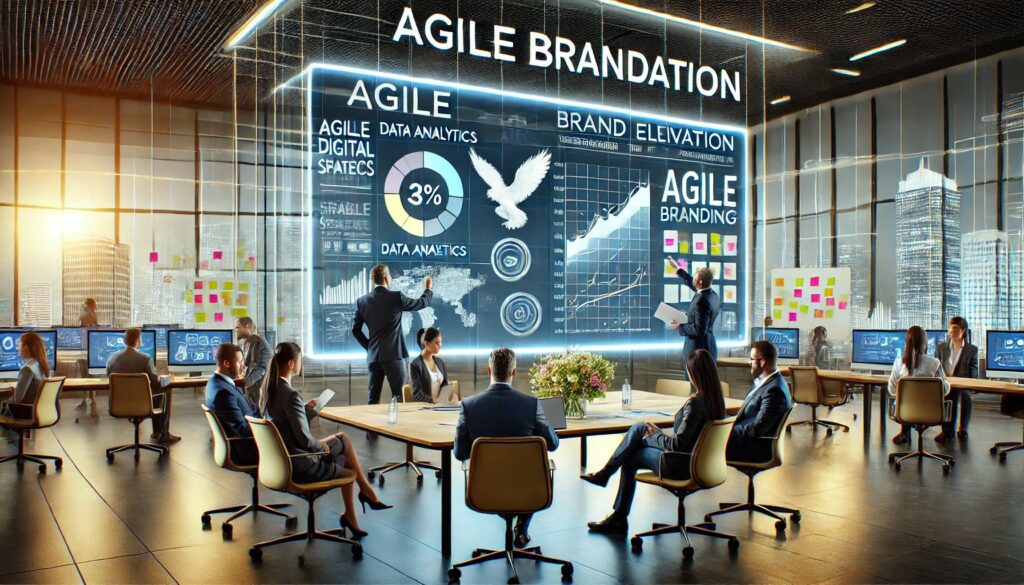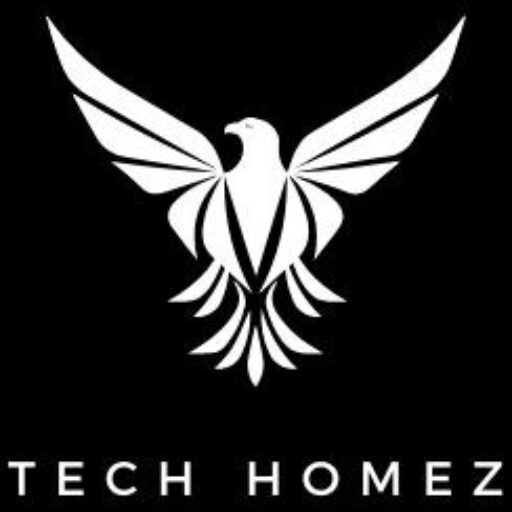
Table of Contents
The Need for Agile Brand Elevation
In today’s digital world, brands must evolve to stay relevant. Traditional branding methods often fail to keep up with fast-shifting consumer demands and market trends. That’s where brand elevation scale agile solutions come in—a dynamic approach that integrates agility into branding strategies, enabling businesses to scale efficiently while maintaining brand authenticity.
By implementing agile principles, brands can enhance adaptability, improve customer engagement, and drive consistent growth. Whether you’re a startup or a well-established enterprise, mastering agile branding can be a game-changer for your business success.
What Are Brand Elevation Scale Agile Solutions?
Brand elevation scale agile solutions refer to a flexible, iterative approach to branding that incorporates agility at its core. Unlike traditional branding, which follows a linear, rigid strategy, agile branding embraces continuous feedback, rapid iterations, and data-driven decision-making to optimize brand positioning and market impact.
Instead of spending months perfecting a brand strategy before launching, agile branding enables businesses to test, tweak, and refine their branding elements in real-time, ensuring relevance and engagement at every stage of brand development.
Why Are Brand Elevation Scale Agile Solutions Essential for Beginners?
For businesses just starting out, navigating brand elevation can feel overwhelming. Agile solutions simplify this process by offering a structured yet flexible framework that allows brands to scale without unnecessary risks.
The Role of Quick Feedback
Agile branding prioritizes rapid testing and feedback loops, ensuring that customer insights back every decision. Instead of waiting for an annual review, agile brands continuously assess and optimize their strategies.
Cost-Effective Growth
Traditional branding often involves large upfront investments with no guarantee of success. Agile branding minimizes financial risks by focusing on small, incremental improvements, ensuring that resources are allocated effectively.
Adaptability in a Changing World
Markets evolve, and so do customer expectations. Agile solutions empower brands to pivot quickly, ensuring they remain competitive and aligned with industry trends.
Key Components of Brand Elevation Scale Agile Solutions
To effectively implement agile branding, businesses must focus on key elements:
- Customer-Centric Approach: Understanding and integrating customer feedback at every stage.
- Data-Driven Decision-Making: Leveraging analytics to refine branding strategies.
- Cross-Functional Collaboration: Encouraging departments to work together for seamless execution.
- Iterative Improvements: Making incremental changes rather than massive overhauls.
- Scalability: Ensuring that branding efforts grow alongside the business.
How Brand Elevation Scale Agile Solutions Differ from Traditional Methods
Agile branding stands in stark contrast to traditional branding. Here’s how:
Speed of Implementation
Traditional branding strategies often take months to roll out, while agile branding prioritizes quick execution and continuous improvement.
Flexible Objectives
Agile branding allows businesses to adjust their goals as they gain new insights, whereas traditional methods often stick to a fixed plan.
Empowering Teams
In agile branding, collaborative teamwork drives innovation, whereas traditional branding relies more on top-down decision-making.
Crafting Your Agile Branding Roadmap
A well-structured approach ensures successful brand elevation. Follow these steps:
Step 1: Define Your Brand Purpose
Clearly articulate what your brand stands for and what value it delivers to customers.
Step 2: Select the Right Agile Framework
Choose between Scrum, Kanban, or Lean branding methodologies based on your business needs.
Step 3: Set Measurable Goals
Identify key performance indicators (KPIs) to track branding success.
Step 4: Implement Agile Business Scaling
Gradually expand branding efforts using agile principles.
Step 5: Evaluate and Optimize
Continuously gather feedback and adjust strategies accordingly.
Practical Examples of Brand Elevation Scale Agile Solutions in Action
Leading brands have successfully adopted agile branding. Examples include:
- Spotify’s iterative brand evolution that aligns with changing user preferences.
- Nike’s rapid campaign adjustments based on real-time consumer feedback.
Integrating Digital Brand Transformation with Agile Techniques
In the digital age, agile branding pairs seamlessly with digital transformation. Brands must:
- Leverage AI-powered analytics for consumer insights.
- Utilize omnichannel marketing for consistent brand messaging.
- Adopt automation tools for faster campaign execution.
Overcoming Common Pitfalls in Brand Elevation Scale Agile Solutions
Even with agile branding, businesses face challenges. Here’s how to address them:
Pitfall 1: Lack of Clear Direction
Solution: Establish a strong brand purpose before implementing agile strategies.
Pitfall 2: Insufficient Collaboration
Solution: Encourage cross-functional teamwork to align branding efforts.
Pitfall 3: Ignoring Feedback
Solution: Actively collect and implement customer and market insights.
Pitfall 4: Scaling Too Soon
Solution: Ensure branding foundations are solid before expansion.
Tools and Platforms for Brand Elevation Scale Agile Solutions
Several tools facilitate agile branding:
- Trello & Jira – Project management for agile branding execution.
- Google Analytics & Hotjar – Data-driven insights for brand optimization.
- Canva & Adobe Spark – Agile-friendly design tools for branding elements.
- HubSpot & Marketo – Marketing automation to streamline branding efforts.
Enhancing Your Strategy with Innovative Branding Approaches
Stay ahead by:
- Experimenting with AI-driven branding techniques.
- Leveraging influencer marketing for agile outreach.
- Personalizing brand experiences based on real-time customer data.
Leveraging Brand Optimization Techniques for Sustainable Growth
Agile branding is not just about short-term gains—it’s a long-term strategy. Key optimization techniques include:
- A/B testing different branding elements.
- Analyzing user behavior to refine messaging.
- Developing adaptive content strategies that align with changing trends.
Aligning Brand Elevation Scale Agile Solutions with Adaptive Brand Management
Adaptive brand management ensures brands stay competitive by continuously evolving. Key principles:
- Monitor trends and adjust branding strategies accordingly.
- Maintain a flexible brand identity that resonates with diverse audiences.
- Prioritize customer engagement for sustained brand loyalty.
Driving Fast Results with Brand Value Acceleration Methods
For rapid brand growth:
- Adopt Agile Marketing Sprints for focused branding efforts.
- Utilize social listening tools to gauge brand sentiment.
- Leverage viral content strategies for increased brand visibility.
Brand Elevation Scale Agile Solutions: Case Study Insights
Case Study: “HealthyMe” Organic Snacks
HealthyMe, a startup in the organic food space, adopted agile branding by:
- Rapidly testing packaging and marketing messages with A/B experiments.
- Utilizing customer feedback to refine product positioning.
- Scaling branding efforts incrementally based on data insights.
Within a year, HealthyMe’s brand recognition increased by 65%, proving the power of agile branding.
Checklist: Implementing Brand Elevation Scale Agile Solutions in Your Organization
✅ Define your brand’s core purpose.
✅ Choose the right agile framework.
✅ Set clear, measurable branding goals.
✅ Implement agile business scaling.
✅ Regularly analyze and optimize branding strategies.
Frequently Asked Questions
What’s the key benefit of brand elevation scale agile solutions for beginners?
It enables cost-effective, scalable growth with minimal risk.
How do agile frameworks like Scrum or Kanban help with brand building?
They allow structured, iterative improvements for continuous branding evolution.
Is agile brand elevation applicable only to large corporations or startups?
No, agile branding works for businesses of all sizes.
How often should I review my brand strategy using agile solutions?
At least every quarter, with continuous micro-adjustments.
What if my brand focus changes midway through an agile cycle?
Agile branding allows for real-time pivots to align with new market trends.
A Final Word on Brand Elevation Scale Agile Solutions
Agile branding is the future. By integrating flexibility, data-driven decisions, and customer-centric approaches, businesses can achieve sustainable brand elevation in an ever-changing market.
Are you ready to scale your brand the agile way? Start today and watch your brand elevate effortlessly! 🚀
